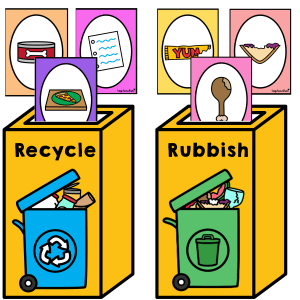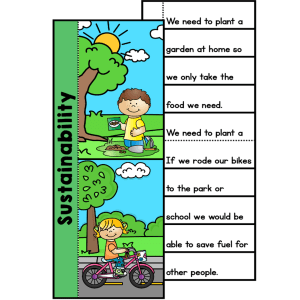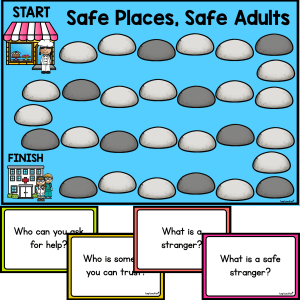The Pattern Police: Additive Patterns Activity

Description
The Pattern Police: Additive Patterns Activity is a hands-on and highly engaging resource that challenges students to identify and justify whether a sequence of images represents a pattern. Taking on the role of a “Pattern Police Officer,” students will work through real-life examples, analysing sequences and recording reasons for why each does or does not meet the definition of a pattern. This interactive approach turns mathematical thinking into a fun investigative task that captures students’ interest.
In this activity, students will examine delightful baked goods such as cupcakes, cookies, and donuts, carefully counting sprinkles, chocolate chips, or other decorative elements. They will determine whether these details increase or follow a consistent pattern, or whether they break the expected sequence. This process encourages close observation, logical reasoning, and pattern recognition, while also integrating a playful theme that makes the learning process enjoyable and memorable.
The Pattern Police: Additive Patterns Activity is low-prep and ready to use — simply print and teach. With three sets of patterns that can all be used with the main worksheet, this activity works perfectly in a numeracy lesson, as part of a maths rotation, as an assessment tool, or even in a relief folder. Answer pages are included for teacher reference, making it easy to check student work quickly. The cut-and-paste design also supports fine motor development as students cut out images and sort them into the correct column before gluing them in place.
Key Learning Outcomes:
- ✅ Identify and classify visual patterns
- ✅ Justify reasoning with written or verbal explanations
- ✅ Apply additive pattern concepts to real-world contexts
- ✅ Strengthen fine motor skills through cutting and gluing
What’s Included:
- Main Pattern Police worksheet
- Three sets of pattern image cards
- Answer pages for quick checking
Materials Needed:
- Printed worksheets and image cards
- Scissors and glue
- Pencils or markers for recording reasons
How to Use:
- Print the main worksheet and selected sets of image cards.
- Have students cut out the image cards.
- Ask students to examine each image card and decide if it shows a pattern.
- Glue the image card into the correct column on the worksheet.
- Write a short explanation for the decision made.
- Review answers using the included answer pages.
Ideas for Classroom Use:
- 💡 Use as part of a whole-class introduction to patterns with an investigative twist
- 💡 Include in maths rotations to reinforce additive patterning in a hands-on way
- 💡 Assign as an individual challenge task for early finishers
- 💡 Use as a fun assessment tool to collect evidence of pattern knowledge
Top Teacher Tips:
- 💛 Laminate the image cards for reuse in multiple sessions
- 💛 Encourage students to work in pairs to discuss and justify their answers
- 💛 Provide magnifying glasses for added fun and to help spot small details
The Pattern Police: Additive Patterns Activity combines mathematical reasoning with imaginative role-play, making it a memorable way for students to apply their pattern knowledge. Its flexible format allows you to use it in lessons, rotations, assessments, or as a fun filler activity, while the visual and hands-on approach ensures students of all learning styles can participate and succeed.
Additional information
| Number of Pages | 7 |
|---|---|
| File Format | |
| Australian Curriculum Code | AC9M1A02, AC9M2A01 |
Australian Curriculum V9
F - 6
Lorem ipsum dolor sit amet, consectetur adipiscing elit.
Lorem ipsum dolor sit amet, consectetur adipiscing elit.
Lorem ipsum/ Lorem ipsum/ Lorem ipsum
Lorem ipsum dolor sit amet, consectetur adipiscing elit.
Lorem ipsum dolor sit amet, consectetur adipiscing elit.
Lorem ipsum/ Lorem ipsum/ Lorem ipsum
Lorem ipsum dolor sit amet, consectetur adipiscing elit.
Lorem ipsum dolor sit amet, consectetur adipiscing elit.
Lorem ipsum/ Lorem ipsum/ Lorem ipsum
Lorem ipsum dolor sit amet, consectetur adipiscing elit.
Lorem ipsum dolor sit amet, consectetur adipiscing elit.
Lorem ipsum/ Lorem ipsum/ Lorem ipsum
Lorem ipsum dolor sit amet, consectetur adipiscing elit.
Lorem ipsum dolor sit amet, consectetur adipiscing elit.
Lorem ipsum/ Lorem ipsum/ Lorem ipsum





